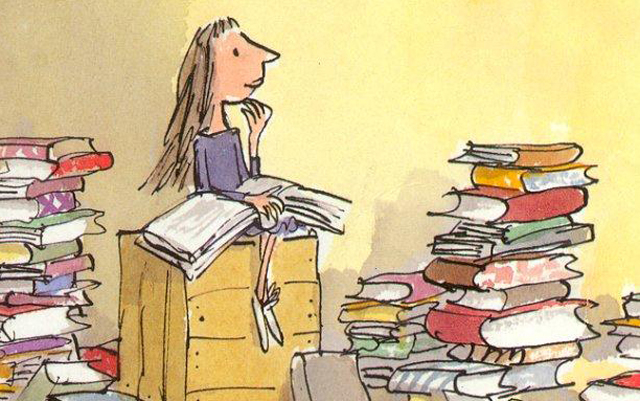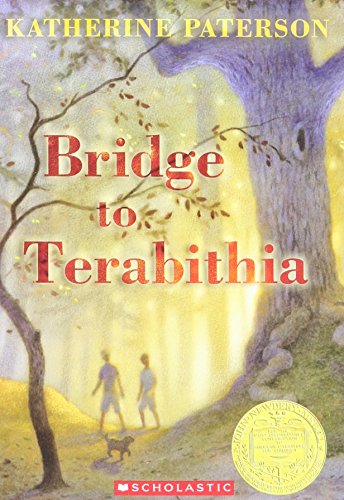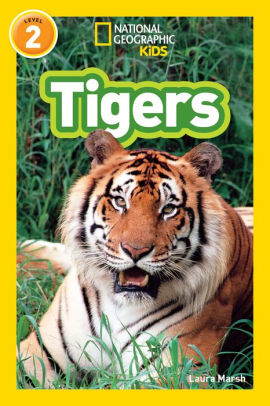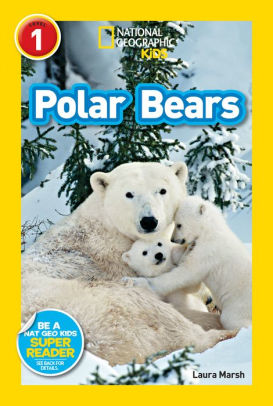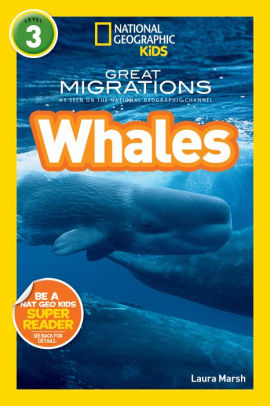1.Because of
Winn-Dixie by Kate DiCamillo
Published: 2000
Awards:
John Newbery Medal, Dorothy Canfield Fisher Children’s
Book Award, Indies Choice Book Award for Children’s Literature
About: This book follows Opal and her dog Winn-Dixie. Opal meets the librarian
and one of the ladies in the neighborhood. She learns what it takes to be open,
yourself, and to make new friends.
2.Wonder by R.J. Palacio
Published: 2012
Awards:
Maine
Student Book Award Vermont's
Dorothy Canfield Fisher Children's Book
Award Mark Twain Award Hawaii's
Nene Award Junior
Young Reader's Choice Award
About: This book follows Auggie, his family, and his friends as they deal with
his face deformity. It talks about the struggles they go through at school and
in the real world, while also dealing with a real issue. It teaches about
diversity and inclusivity.
3.Frindle by Andrew Clements
Published: 1935
Awards:
Phoenix Award
About: Nick is a class clown who is having a hard time in school with his English
homework. Then he finds this golden pen. Which he names Frindle. Throughout
this book, his teacher refuses to use this new name even though his classmates
do. This book follows the path of the word Frindle.
4. Diary of a Wimpy Kid by Jeff Kinney
Published: 1935
Awards:
Dorthy Canfield Fisher Children’s Book Awards and
Kids’ Choice Award for Favorite Book
About: This book is Greg’s diary
through middle school. It talks about all of the ups and downs he experiences
on a daily basis, and how his friends help him through it.
5. Holes by Louis Sachar
Published: 1998
Awards:
National Book Award for Young People’s Literature and
the Newbery Medal
About: This book follows Stanley in present day, and Stanley’s great grandfather,
Elya Yelnats. It takes place on Camp Green Lake, where digging holes is what
they do all day everyday looking for treasure.
6. Bridge to Terabithia by Katherine Paterson
Published: 1977
Awards:
John Newbery Medal
About: This book tells the story of fifth graders who become good friends.
They create a kingdom, Terabithia. This book follows them on their journey
growing up this year, and a hardship happens towards the end of the book.
7. Stargirl by Jerry Spinelli
Published: 2000
About: Leo revives a necktie left anonymously for him by Stargirl. Four years
later, Stargirl arrives in his neighborhood. She joins him at school where she
doesn’t have much luck fitting in. Leo and Stargirl become unlikely friends.
Follow their journey through this book.
8. Ivy and Bean by Annie Barrows
Published: 2006
About: In this book, Ivy and Bean become friends, even though they are
complete opposites. They are 7-year-old girls who live in the same neighborhood.
In this book, they find themselves getting into trouble and having adventures.
9. Ghost (Track #1) by Jason Reynolds
Published: 2016
About: This book follows the story of Ghost, or Castle Cranshaw. His game has
always been basketball until one day he races an Olympic medalist and wins. As
he joins the team, he is also battling his inner demons.
10. Are You There God?
It’s Me, Margaret by Judy Blume
Published: 1970
Awards:
Great Stone Face Award, North Dakota Children's Choice
Book Award, Young Hoosier Award, Nene Award from the Children of Hawaii, Outstanding
Book of the Year from the New York Times
About: This book follows Margret and her journey through puberty. Through this
book, she struggles with finding her own religion and figuring out what it mean
to be a 12 year old girl growing up with an older friend who is much more knowledgeable
than her.
